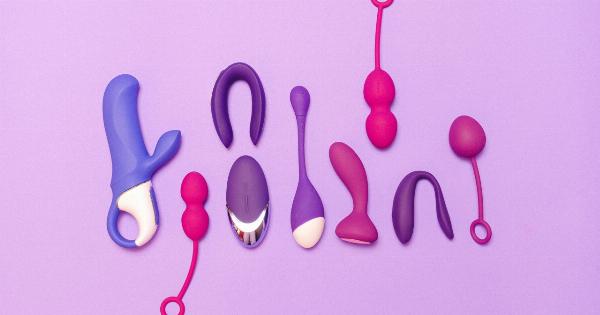For many women and their partners, understanding how long it takes for a woman to climax can be a source of confusion and even pressure.
While there’s no one-size-fits-all answer to this question since every woman’s body and sexual response is unique, in this article, we’ll explore the various factors that can affect the duration required for female sexual response and climax, and what strategies can help enhance female sexual pleasure and satisfaction.
What Is the Female Sexual Response Cycle?
The female sexual response cycle is a series of physical and emotional changes that occur when a woman becomes sexually aroused, leading up to orgasm. The four phases of the female sexual response cycle are:.
Phase 1: Desire
The desire phase is when a woman experiences a psychological or physical longing for sexual activity. At this stage, a woman may feel a connection with her partner or become aroused by erotic stimuli such as touch, kissing, or visual cues.
Phase 2: Excitement
The excitement phase is where the genital area becomes engorged with blood, and the clitoris and nipples become more sensitive to touch and pleasure. The vagina also becomes lubricated, making penetrative sex more comfortable for a woman.
Phase 3: Orgasm
The orgasm phase is the peak of sexual pleasure, where a woman experiences intense waves of pleasure in the genital and pelvic area, often accompanied by contractions of the pelvic muscles.
Phase 4: Resolution
The resolution phase is when the body returns to its pre-aroused state. In women, the clitoris and vagina return to their resting state, and the woman may feel tired, relaxed, or even emotionally vulnerable after orgasm.
How Long Does It Take for a Woman to Reach Orgasm?
According to a study published in the Journal of Sexual Medicine, the average time for a woman to reach orgasm during sexual intercourse is 13.41 minutes. However, this is just an average, and the actual duration may vary from one woman to another.
Factors that can impact how long it takes for a woman to reach orgasm may include:.
Psychological factors
The quality of the relationship with the sexual partner, stress levels, anxiety, depression, past experiences with sexual abuse, and other emotional factors can all affect a woman’s ability to experience sexual pleasure and reach orgasm.
Physical factors
Age, medical conditions like diabetes, pelvic floor muscle strength, weight, and hormone levels can impact sexual function and response in women.
The Role of Foreplay
Foreplay refers to any non-penetrative sexual activity that leads to sexual arousal and orgasm. Engaging in foreplay can help enhance female sexual pleasure, as it allows women time to become fully aroused and ready for penetrative sex.
Studies have shown that women who engage in longer periods of foreplay often experience more orgasms during intercourse than those who don’t.
Communication Is Key
Effective communication between sexual partners is crucial for enhancing female sexual pleasure and reaching orgasm.
Encouraging partners to communicate their sexual desires, preferences, and boundaries can help women feel more comfortable and confident, leading to better sexual satisfaction.
The Role of Sex Toys
Sex toys can be a great addition to sexual play, as they can help women achieve orgasm more quickly and consistently.
Vibrators and other devices can provide intense stimulation to the clitoris and other sensitive areas, helping women to become more easily aroused and reach orgasm faster.
Conclusion
Every woman’s sexual response is unique, and there’s no set duration required for female sexual response and orgasm.
Factors such as physical and psychological health, relationship quality, and sexual technique all play a role in determining how long it may take for a woman to reach orgasm. However, by focusing on communication, foreplay, and using sex toys, women and their partners can enhance their sexual pleasure and satisfaction.


























